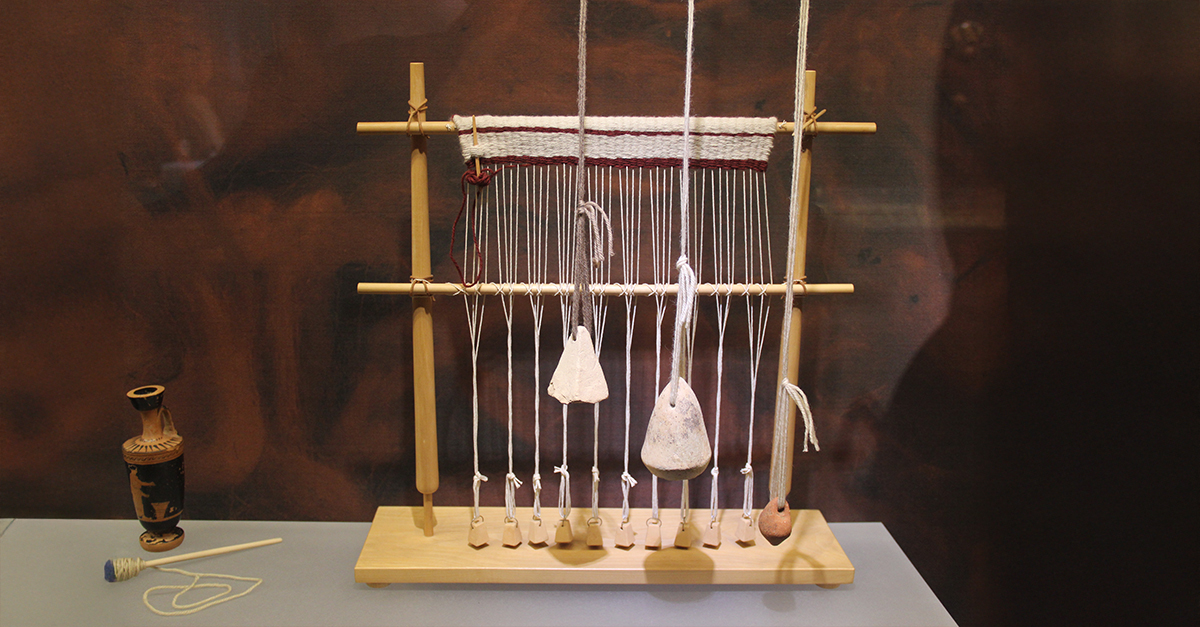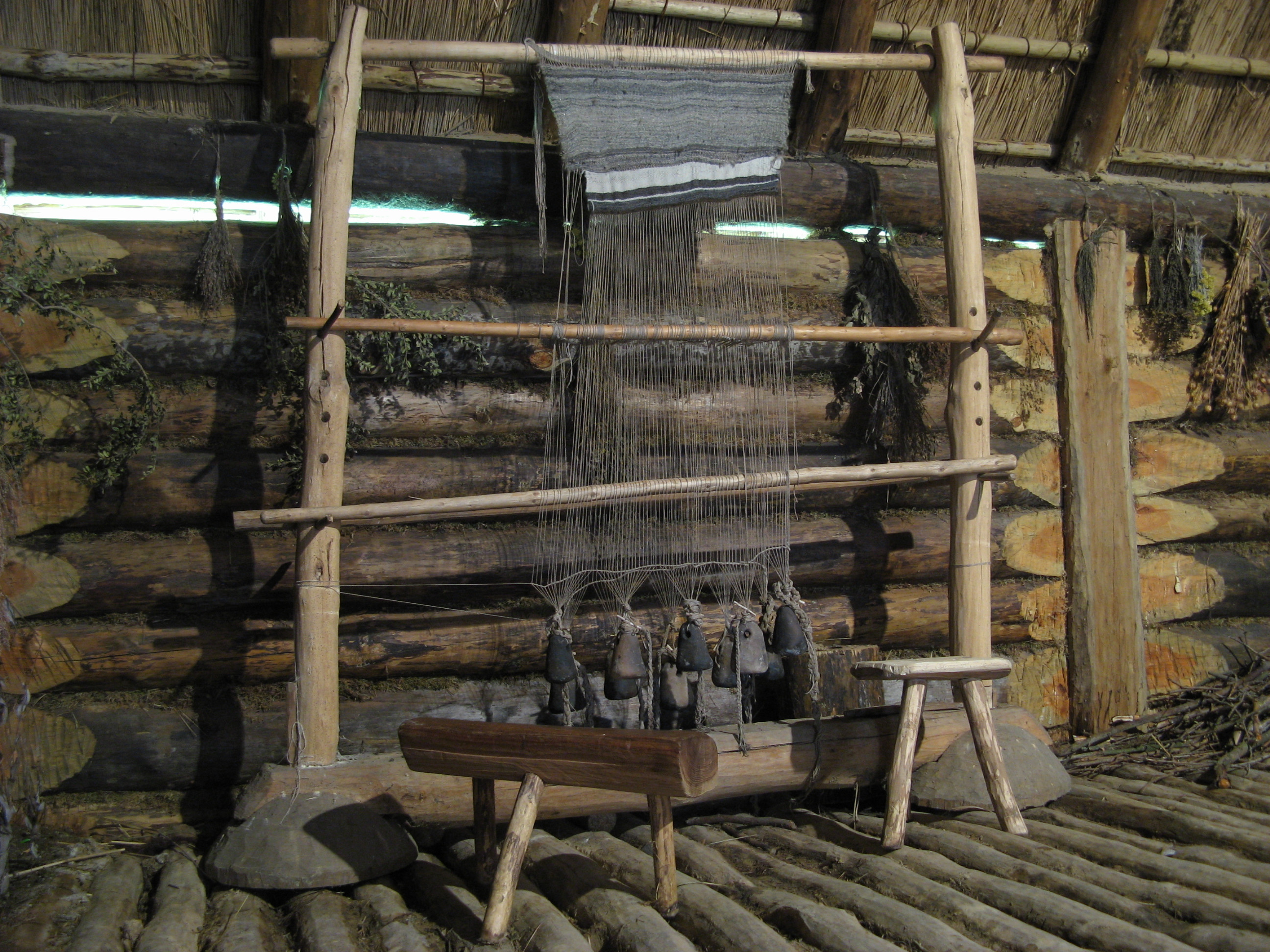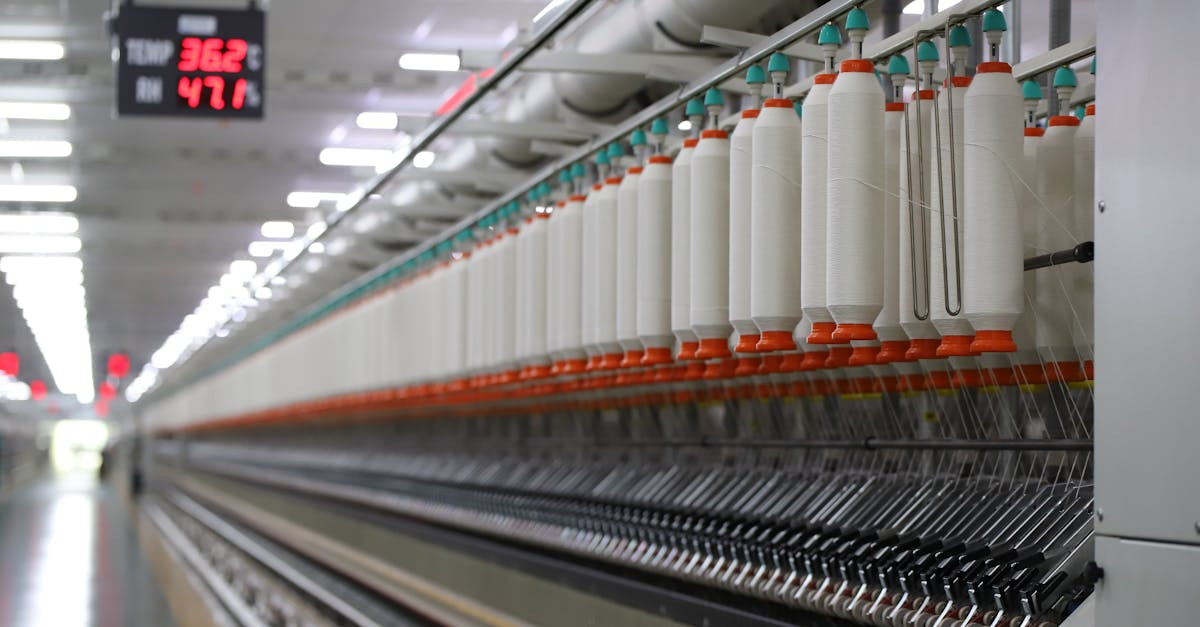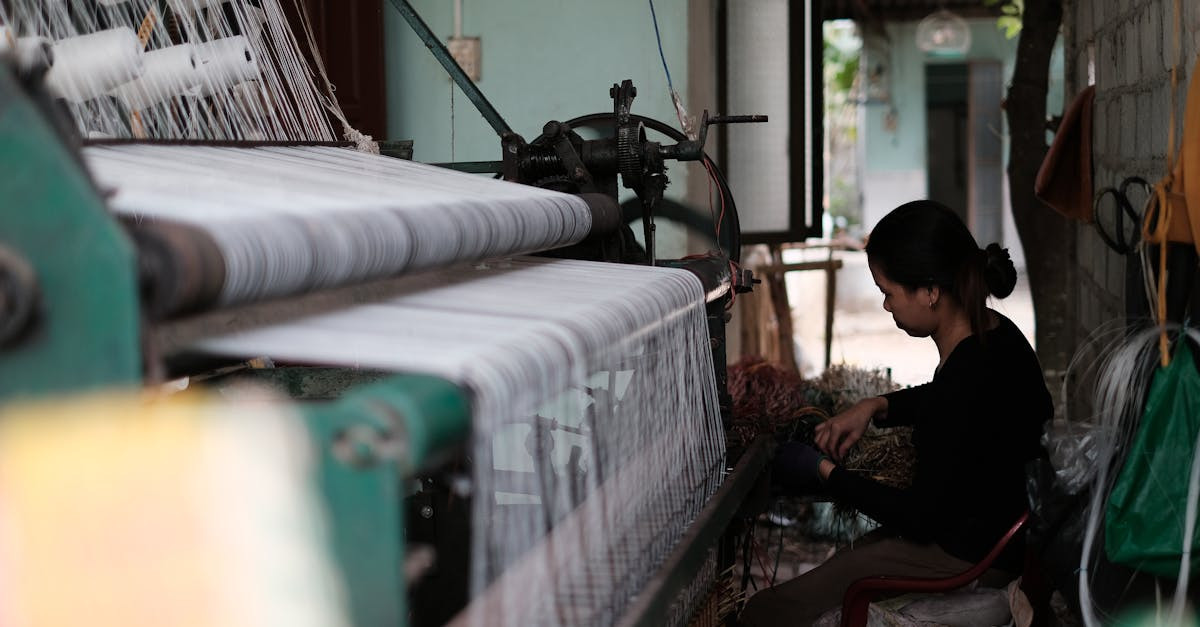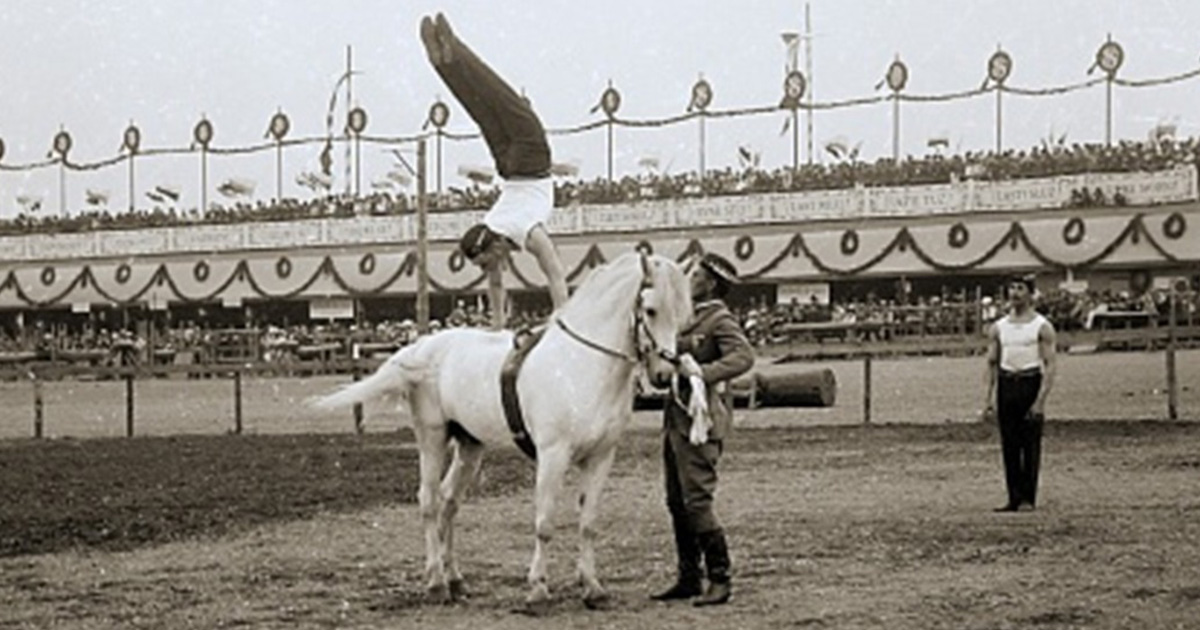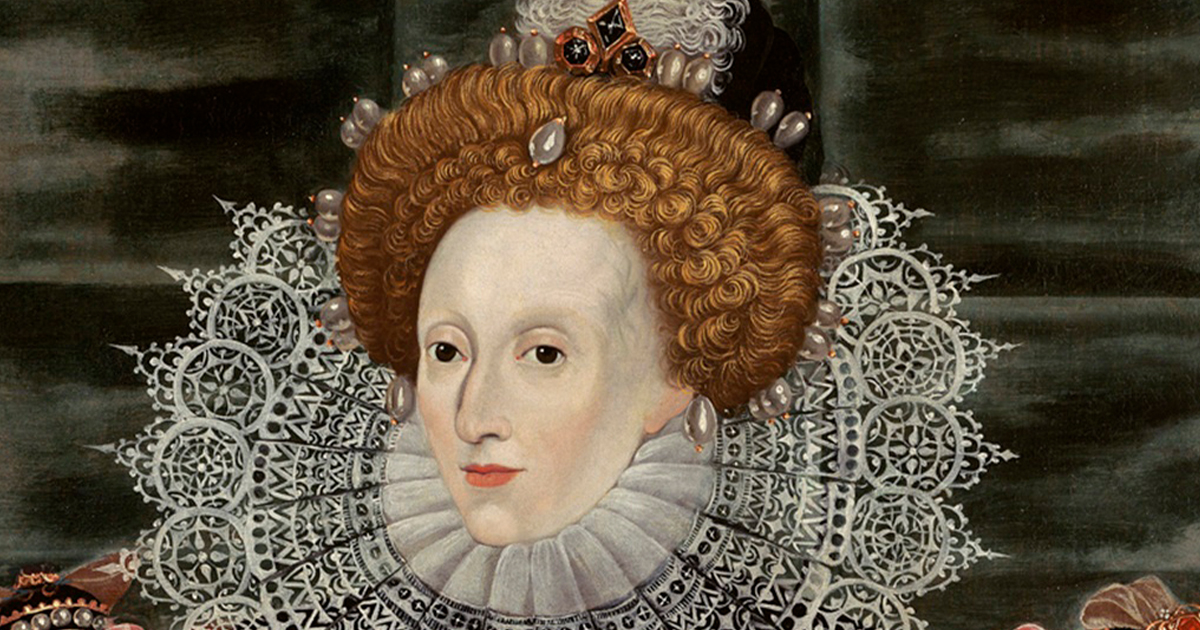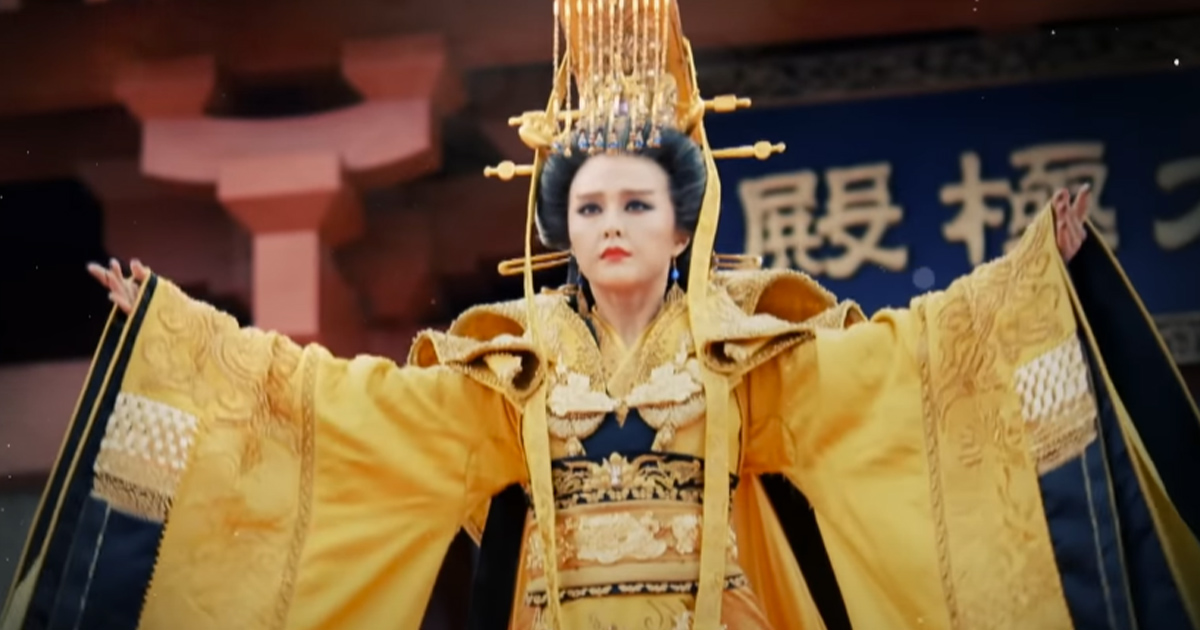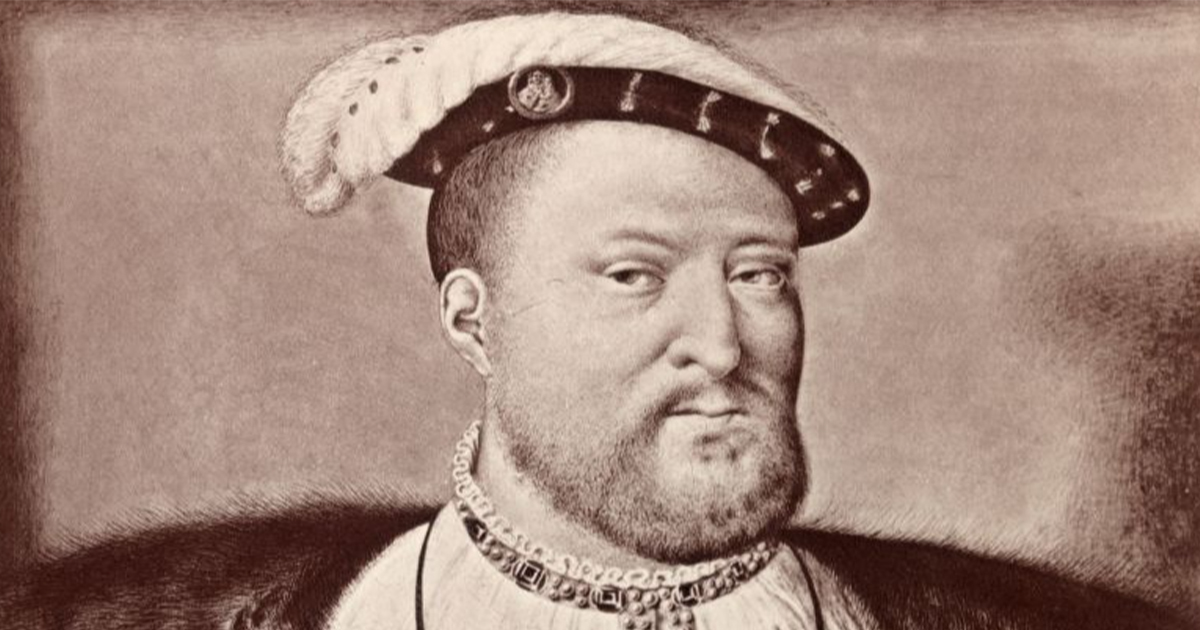The weaving loom has always been a key building block of civilization. The device, in all its myriad forms, has transformed how we make cloth fabric, shaping economies, cultures, and trade networks in the process. Its saga spans millennia, starting with basic handlooms until arriving in the form of today’s massive, computer-controlled industrial machines.
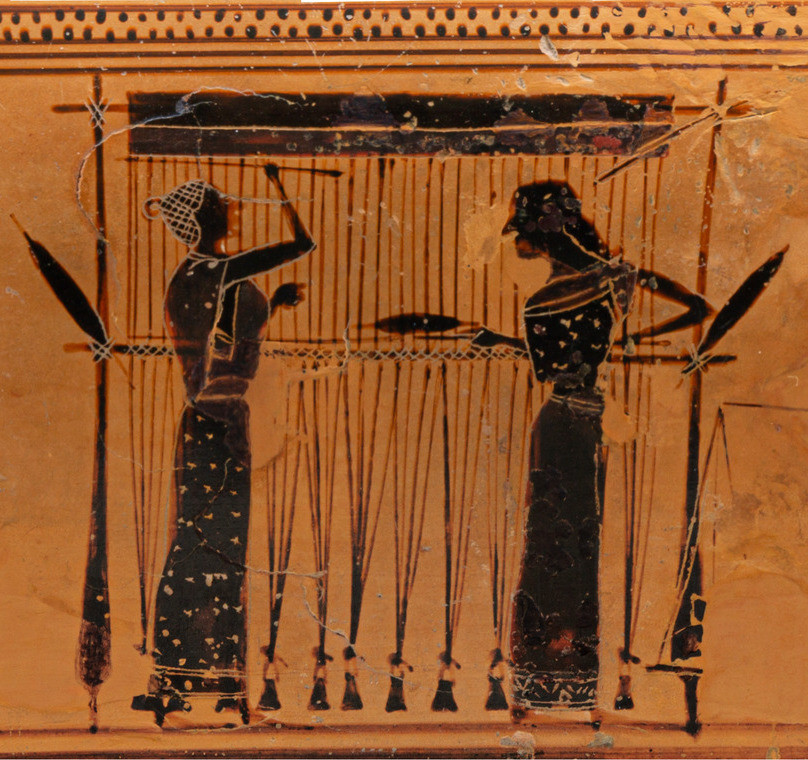 Metropolitan Museum, Wikimedia Commons
Metropolitan Museum, Wikimedia Commons
Woven Textiles: Early Origins
The earliest woven fabrics go back at least 6,000 years, with archaeological finds in the Near East, Egypt, and the Andes showing intricate weaving techniques. Early looms were simple wooden frames that allowed threads to be interlaced faster and more consistently than weaving by hand. Linen from ancient Egypt and wool from Mesopotamia were the early materials that supported production and trade in clothing.
Vertical And Horizontal Looms
By 3000 BC, vertical looms show up in the historical record in Egypt, and weavers could now produce larger and more complex fabrics. Horizontal looms came soon after, notably in Asia and Europe. These innovations improved speed, tension control, and design precision. Silk weaving became a major art form in China, where looms were used to create fine fabrics to be traded along the Silk Road, impacting peoples across Eurasia.
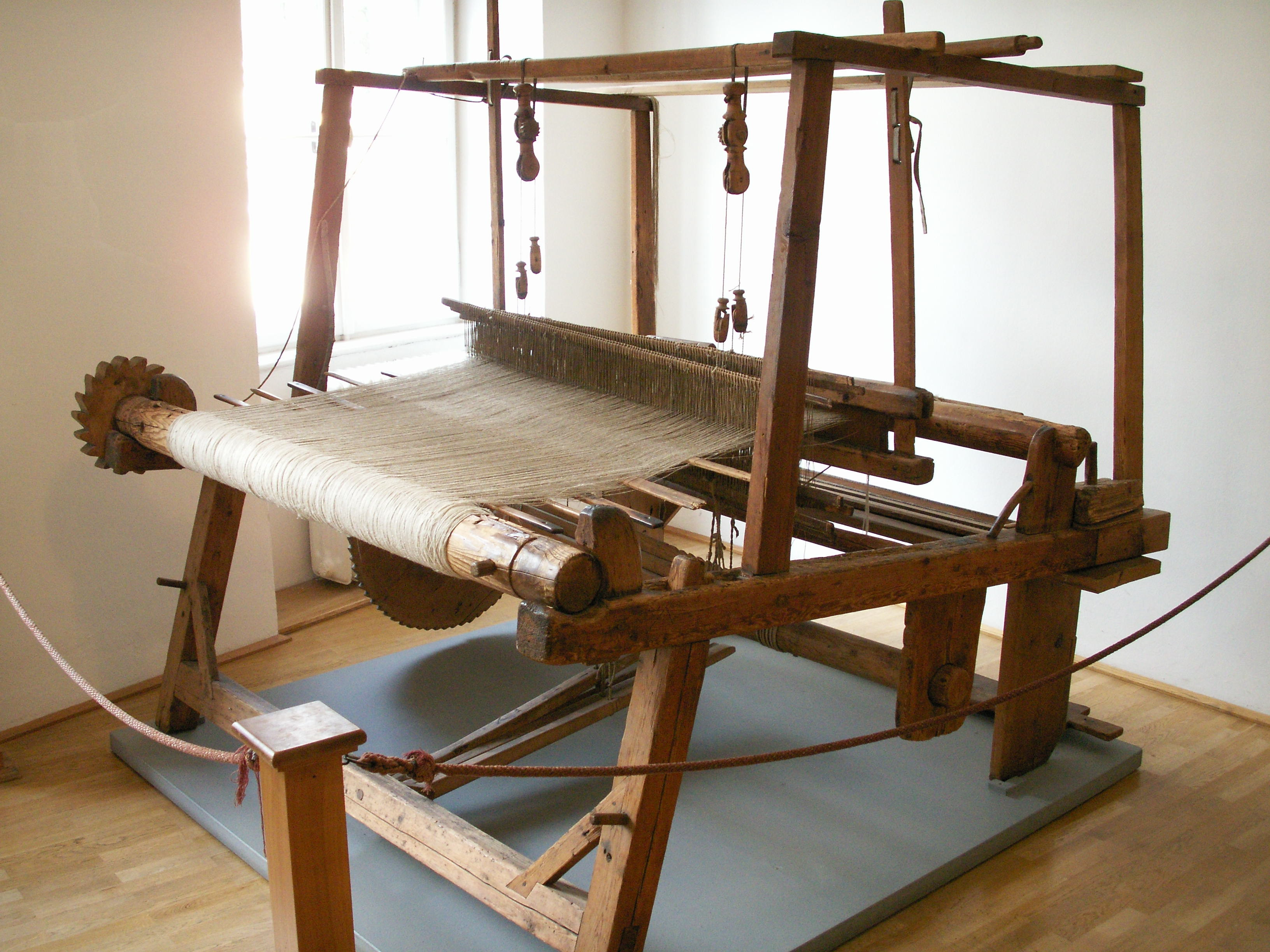 User:Javier Carro, Wikimedia Commons
User:Javier Carro, Wikimedia Commons
The Fabric Of The Middle Ages
The Middle Ages saw the emergence of the horizontal treadle loom in Europe. Now a single weaver could operate both warp and weft threads using foot pedals. This led to a big jump in efficiency and made patterned fabrics more accessible. Weaving became a backbone for guild industries, with towns like Ghent, Florence, and Norwich thriving as textile centers.
The Industrial Revolution And The Power Loom
The 18th century transformed England: Edmund Cartwright’s power loom appeared in 1785. The mechanized loom used steam power to automate weaving, cranking out fabric far faster than was possible with manual looms. The power loom was symbolic of the Industrial Revolution, driving the spread of textile mills in Britain and the United States.
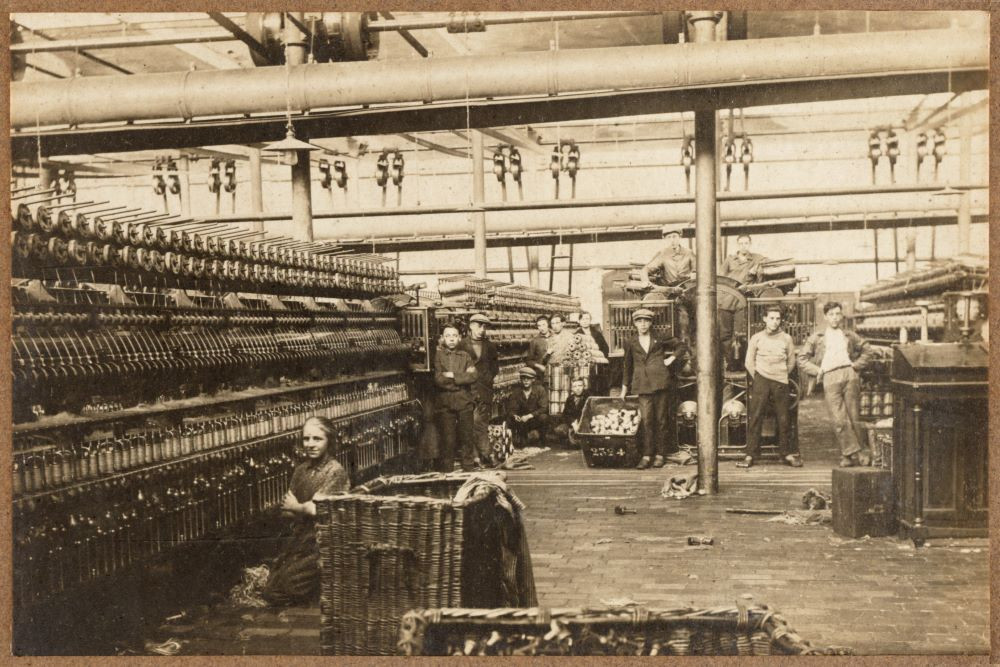 Unknown authorUnknown author, Wikimedia Commons
Unknown authorUnknown author, Wikimedia Commons
New Industries Drove Social Injustice
The new efficiency came with a human cost. Automation in England threw skilled hand weavers out of work and triggered class tensions. The textile mills and their insatiable demand for cheap cotton drove major growth of the African slave trade in the 18th and 19th centuries, with consequences still felt in today’s world.
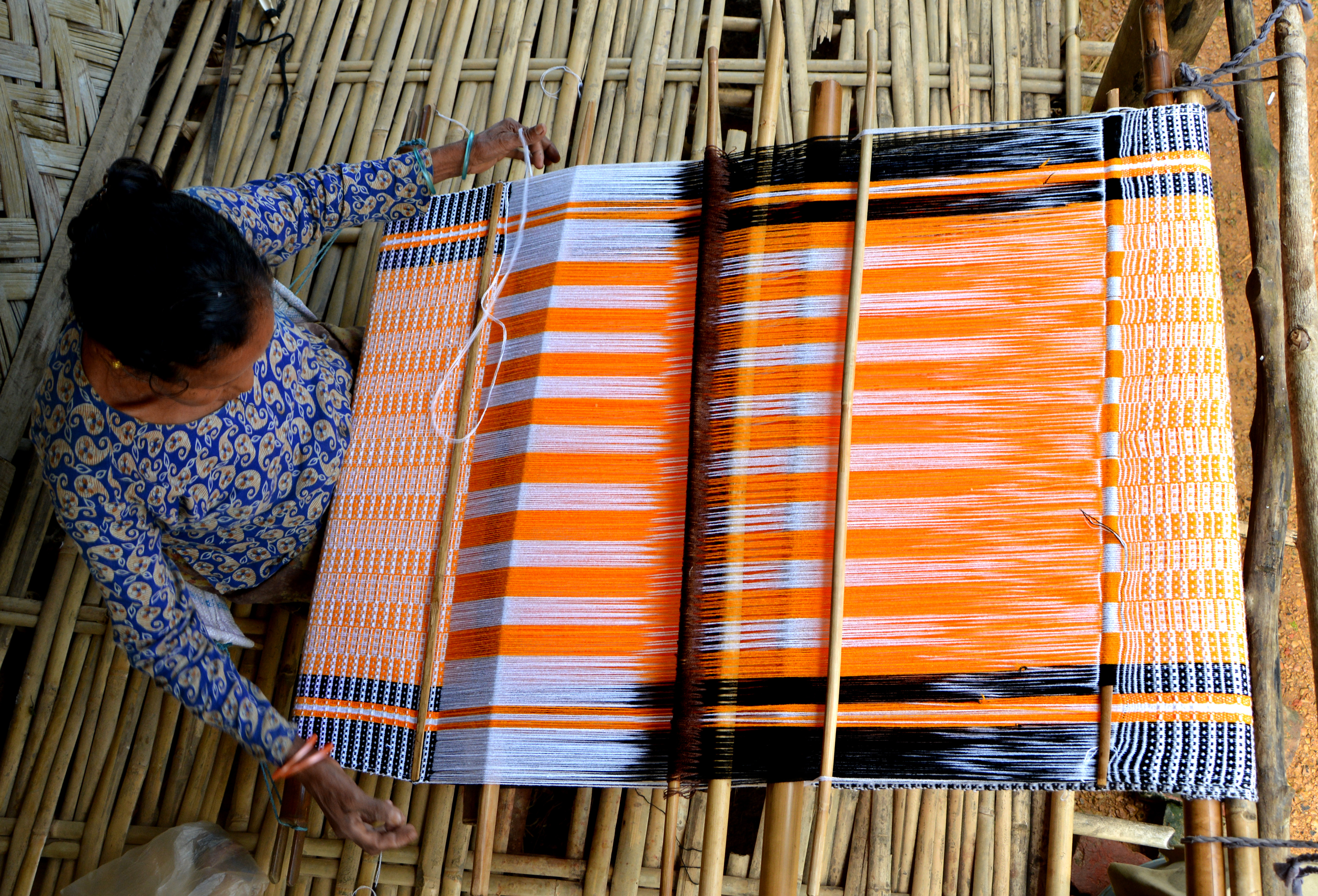 MOHAMMAD SHAJAHAN Bangladesh, Wikimedia Commons
MOHAMMAD SHAJAHAN Bangladesh, Wikimedia Commons
Outside The West
While industrialization defined weaving in Europe and the US, other parts of the world continued with traditional methods. In India, the handloom was still a mainstay, producing distinctive cottons and silks. Indigenous weavers in the Americas crafted textiles with symbolic designs. African strip-weaving and kente cloth production maintained that continent’s longtime artistic textile traditions.
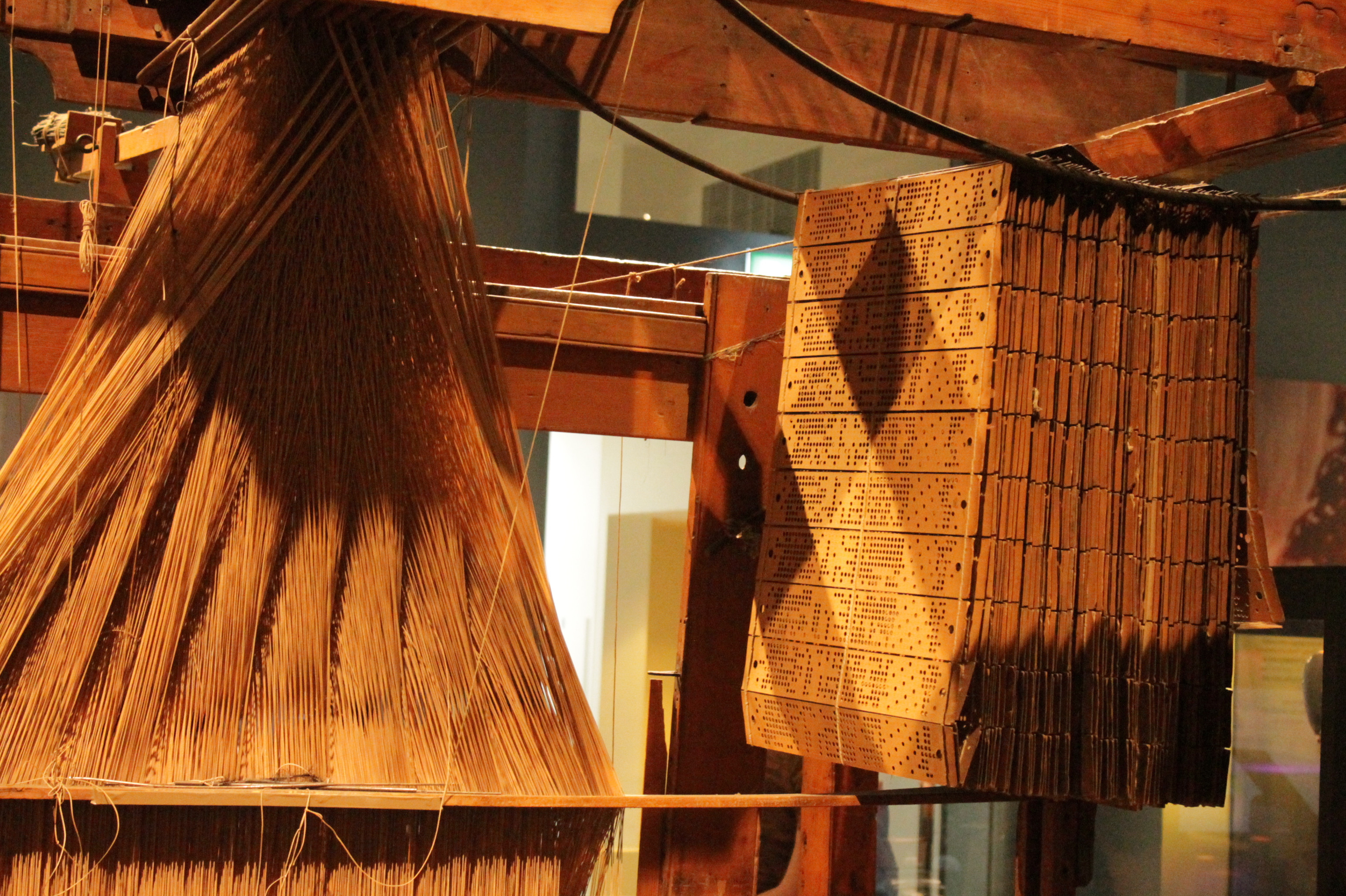 Stephencdickson, Wikimedia Commons
Stephencdickson, Wikimedia Commons
The Jacquard Loom And Complex Patterns
In 1804, Joseph Marie Jacquard invented a loom attachment that used punch cards to control separate warp threads, enabling weaving of intricate patterns. This was another revolution in textile design. It had an even more far-reaching influence on the start of early computing: punched card technology was the basis of future mechanical and digital data storage.
Looms Today
Today’s looms are highly automated, and electronic controlled, using air or water jets to move threads at very high speeds. They produce thousands of yards of fabric every day with very little human intervention. Modern looms are used in industries from fashion to aerospace, weaving synthetic fibers, carbon composites, and the highly specialized textiles used for medical supplies.
A Massive Impact On Civilization
The amazing story of the loom is a tale of human innovation: the drive for efficiency, the combination of artistry and engineering, and the economic changes driven by technology. Weaving helped build empires, fueled trade, and powered industrial economies. These days, looms and weaving are still central to global commerce, linking traditional craftsmanship with the most advanced technology.
You May Also Like:
Who Invented The Lightbulb? The Question Edison Wouldn’t Want You To Ask
Inventors Who Were Killed By Their Creations

